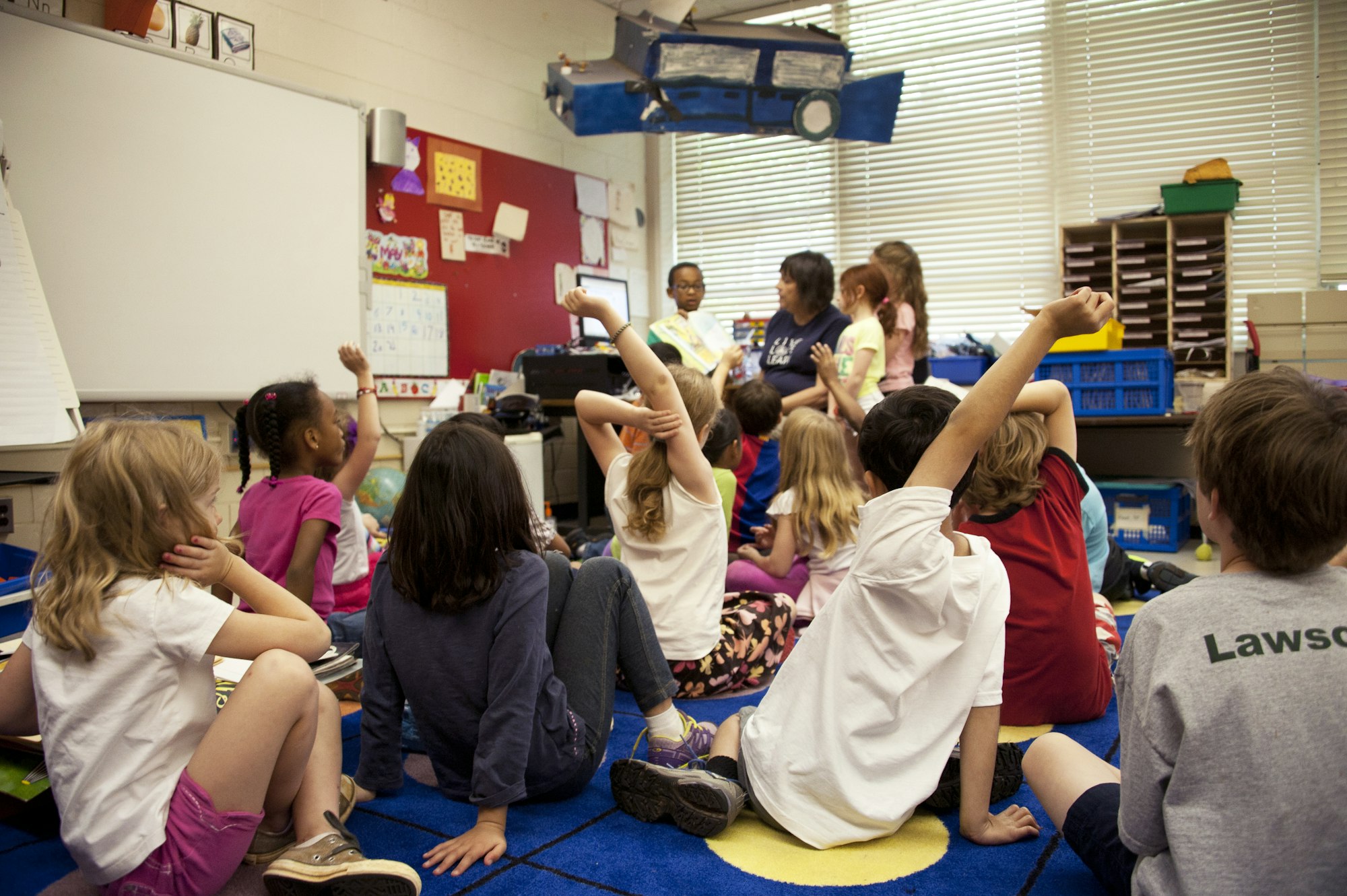As D.C. students prepare to return to school, the District has more than $300 million in unspent federal emergency funds for K-12 education that must be spent by the end of next year. Using these funds to provide tutoring to help at-risk children recover from the pandemic may be our best hope to ensure that thousands of D.C. students have a chance to succeed in school.
Recent national and state tests show that a majority of the District’s disadvantaged children are not mastering basic skills. The 2022 National Assessment of Educational Progress revealed that more than half of the city’s 4th and 8th grade students from low-income families scored “below basic” in reading. According to the D.C. School Report Card, just 15 percent of “at-risk” D.C. public school students were on grade-level in English language arts; in mathematics, just six percent of this student group were on grade-level.
The Office of the State Superintendent of Education’s analysis of the 2021–22 state test scores explained that “the proficiency rate of at-risk students decreased more than the rate of non at-risk students, in both math and ELA,” since 2019 when students were last tested. The results provide more evidence that prolonged time out of school while classrooms were closed during the pandemic harmed disadvantaged children.
D.C. public schools were closed for in-person learning during the pandemic much longer than many school districts. Many students spent nearly a year and a half out of school.
Long before the pandemic, researchers have been studying how differences in outside-of-school learning opportunities contribute to the socioeconomic achievement gap.
In 2011, RAND Corporation researchers reviewed academic literature about the effect of summer vacation on achievement. They found that, while all students on average regress over summer, the summer learning slide disproportionately affects disadvantaged children. “Most disturbing,” the researchers wrote, “is that it appears that summer learning loss is cumulative and that, over time, these periods of differential learning rates between low-income and higher-income students contribute substantially to the achievement gap.”
Other researchers have documented how differences in family income affects students’ access to enrichment opportunities outside of school, including tutoring. According to one estimate, the richest 20 percent of families spend more than $9,000 on enrichment compared to less than $1,500 spent by the poorest 20 percent of families. A 2021 Brown University study found that the number of private tutoring centers has tripled since the 1990s and concluded that “nearly half of tutoring centers are in areas in the top quintile of income.”
D.C. Public Schools provide a range of free options for summer school, including reading instruction for elementary school children and credit recovery for high schoolers, as well as career and technical education and outdoor pursuits. The programs generally run for five weeks beginning in early July.
These programs may be valuable, but they aren’t enough. Many disadvantaged students struggling to read in D.C. public schools could surely benefit from more personalized learning opportunities outside of school over summer and throughout the school year.
Some states have done this by using pandemic emergency education funds to provide grants to pay for tutoring and enrichment directly to students.
For example, in March, Virginia Governor Glenn Youngkin announced a new $30 million program to provide grants for tutoring directly to families using federal emergency education funds. Under Virginia’s K-12 Learning Acceleration Grants program, students are eligible to receive up to $3,000 in support for tutoring or education therapy services. Virginia’s program proved popular with parents. By June, the state had received the maximum number of applicants for the grants unless the commonwealth allocates more funding.
In 2023, D.C. Public Schools have a unique opportunity to establish a similar program to provide direct grants for tutoring to low-income children. In 2020 and 2021, Congress provided D.C. with $540 million in Elementary and Secondary School Emergency Relief funding to help schools safely reopen and to address learning losses.
According to the Office of the State Superintendent of Education, more than half of these funds, $312 million, remain unspent. This includes $44 million that must be spent by September 30th this year and more than $260 million that must be spent before October 2024.
What is the District waiting for? President Biden ended the COVID-19 emergency in April.
The test scores are now clear. At-risk children are struggling academically and fell even further behind during the pandemic. The District owes them support. Using unspent federal emergency education aid to provide direct grants to disadvantaged children for tutoring would be a good start.

